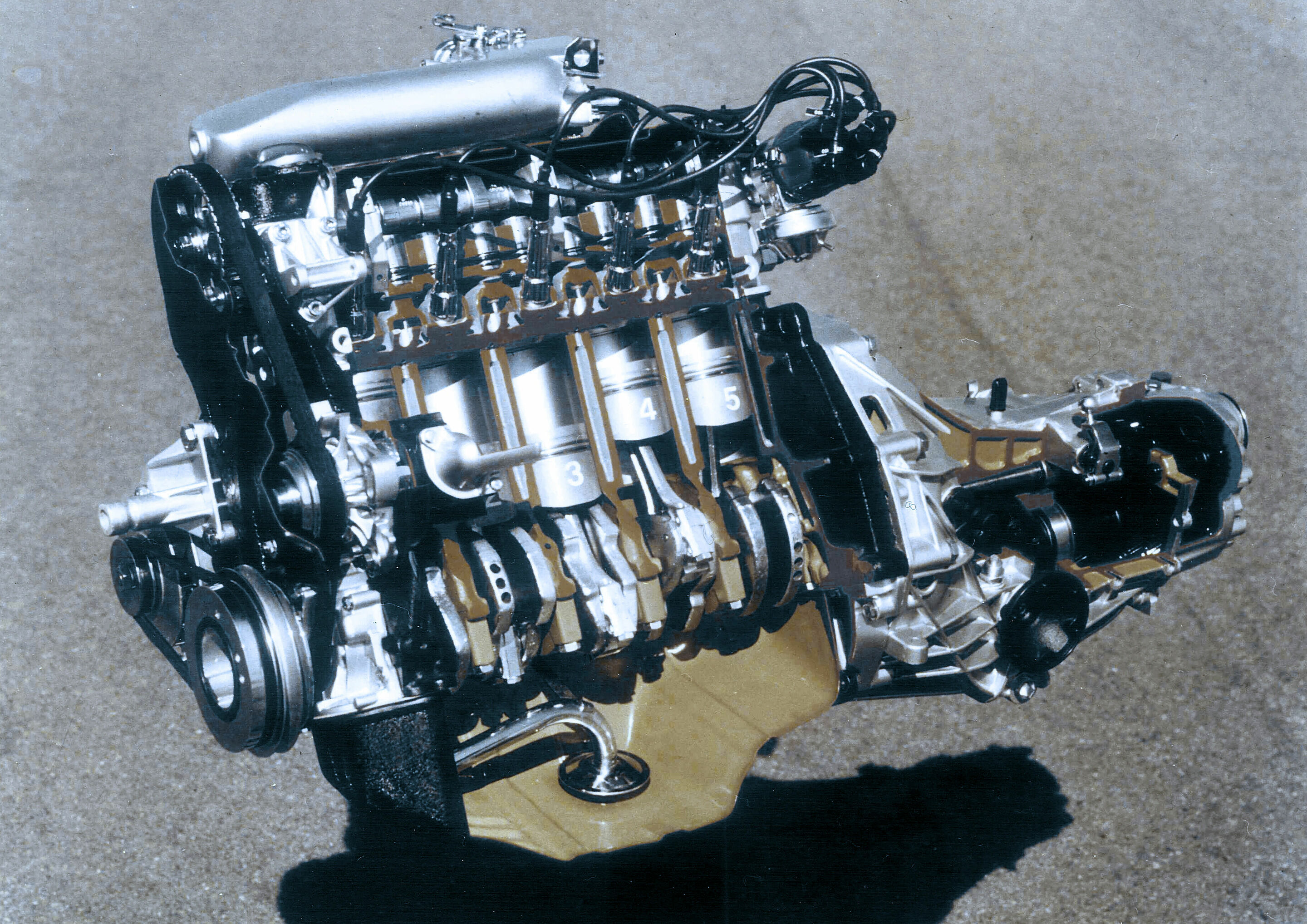Engines for Africa: Locate Budget-friendly and Trusted Auto Parts Here!
Engines for Africa: Locate Budget-friendly and Trusted Auto Parts Here!
Blog Article
The Pursuit for Ultimate Driving Power: Examining the Pinnacle of Engine Performance and Technological Developments in the Automotive Industry
In the world of automobile design, the search of optimum driving power has been an unrelenting mission that has unfolded via the advancement of engine design and the assimilation of sophisticated innovations. From the careful craftsmanship of combustion engines to the rapid improvements in electric propulsion systems, the auto sector stands at the cusp of a new period identified by unprecedented performance capacities. As scientists and engineers dive deeper into the worlds of computational liquid characteristics and discover ingenious gas innovations, the horizon of possibilities increases exponentially. Remain tuned as we decipher the complex tapestry of technological breakthroughs that are forming the future of auto power and efficiency.
Development of Engine Design

In addition, the integration of turbocharging and turbo charging technologies has reinvented engine design by improving power without dramatically enhancing engine dimension. These forced induction systems press the intake air, enabling more fuel to be combusted, consequently creating higher power result from a smaller engine. This innovation has actually been especially vital in enhancing the performance of smaller displacement engines while keeping fuel effectiveness requirements.

Performance-Enhancing Fuel Technologies
The application of innovative fuel modern technologies has considerably added to improving engine performance in modern-day vehicles. Biofuels, obtained from renewable resources like algae, sugarcane, or corn, deal decreased emissions and boosted engine effectiveness. Additionally, gas additives and detergents are being created to tidy engine elements, enhance combustion, and decrease rubbing, consequently boosting total lorry performance.
Innovations in Electric Propulsion
Significant strides in electric propulsion innovation have changed the automotive market, leading the way for a new age of sustainable and effective transport. Electric cars (EVs) are getting appeal as a result of their environmental advantages and advancements in battery modern technology, allowing longer driving varieties and shorter billing times. Manufacturers are investing heavily in research and development to enhance the efficiency of electrical propulsion systems, concentrating on raising power result, boosting power effectiveness, and minimizing general weight.
One remarkable breakthrough in electrical propulsion is the advancement of sophisticated electric motors that deliver greater torque and power density, causing enhanced acceleration and overall driving efficiency. Furthermore, regenerative braking systems have actually been fine-tuned to capture and save power throughout deceleration, more improving the effectiveness of EVs.
Furthermore, the assimilation of clever innovations, such as expert system and predictive analytics, is maximizing the administration of electric propulsion systems, ensuring optimum performance under numerous driving problems. These developments in electric propulsion are improving the automobile landscape, driving the industry in the direction of a more lasting and amazed future.
Effect of Computational Fluid Characteristics
With innovations in electrical propulsion pressing the boundaries of auto modern technology, the combination of Computational Liquid Characteristics is playing a crucial duty in optimizing wind resistant performance and boosting total effectiveness in vehicle design. Computational Liquid Characteristics (CFD) entails using computer simulations to assess the flow of air around a car, making it why not look here possible for engineers to anticipate how layout modifications will affect aerodynamics without the need for expensive physical models. By precisely modeling air movement patterns, CFD permits the refinement of automobile shapes to lower drag, boost air conditioning, and boost security.
One key advantage of utilizing CFD in find more car layout is the capability to repeat swiftly, exploring many layout variants to identify the most aerodynamically efficient services. This iterative process leads to automobiles that are not just sleeker and a lot more aesthetically enticing but also a lot more eco friendly and fuel-efficient. In addition, CFD makes it possible for engineers to optimize airflow around elements such as radiators, engine bays, and wheel wells, adding to enhanced efficiency and overall driving experience. In verdict, the integration of Computational Fluid Characteristics stands for a considerable progression in the pursuit for ultimate driving power and efficiency in the vehicle market.
Future Patterns in Engine Development
In the vibrant landscape of vehicle engineering, cutting-edge innovations are forming the future trajectory of engine technology. The future of engine layout is noted by a solid emphasis on efficiency, sustainability, and efficiency. Suppliers are progressively focusing on establishing engines that not just provide high power results however additionally prioritize ecological responsibility by lowering emissions and improving fuel efficiency.
One famous trend in engine technology is the rise of electrification. Crossbreed and electrical powertrains are acquiring grip as viable options to typical combustion engines. These modern technologies provide the possibility for significant reductions in carbon exhausts and increased energy efficiency, lining up with global efforts to deal with climate modification.
Moreover, developments in products scientific research and manufacturing strategies are making it possible for the production of lighter and much more sturdy engine components. This shift towards light-weight products such as carbon fiber and aluminum alloys adds to enhanced performance and gas economic climate.
Final Thought
In verdict, the search of utmost driving power in the automotive market proceeds to drive innovations in blog here engine layout, gas modern technologies, electrical propulsion, and computational liquid characteristics. The advancement of these modern technologies is forming the future of engine advancement, leading the way for much more effective and powerful cars (engines for africa). As the industry continues to press the borders of what is possible, we can expect to see a lot more groundbreaking developments in the pursuit for peak efficiency
One of the crucial turning points in engine style development is the shift from conventional carbureted engines to modern fuel-injected systems. By precisely metering the fuel distribution to each cyndrical tube, fuel-injected engines enhance combustion, resulting in far better efficiency and minimized ecological influence.
In addition, the combination of turbocharging and turbo charging modern technologies has transformed engine layout by boosting power without significantly boosting engine size (engines for africa).The implementation of innovative fuel technologies has actually substantially contributed to enhancing engine efficiency in contemporary vehicles. In addition, fuel ingredients and cleaning agents are being formulated to tidy engine elements, optimize burning, and decrease rubbing, consequently increasing overall lorry performance
Report this page